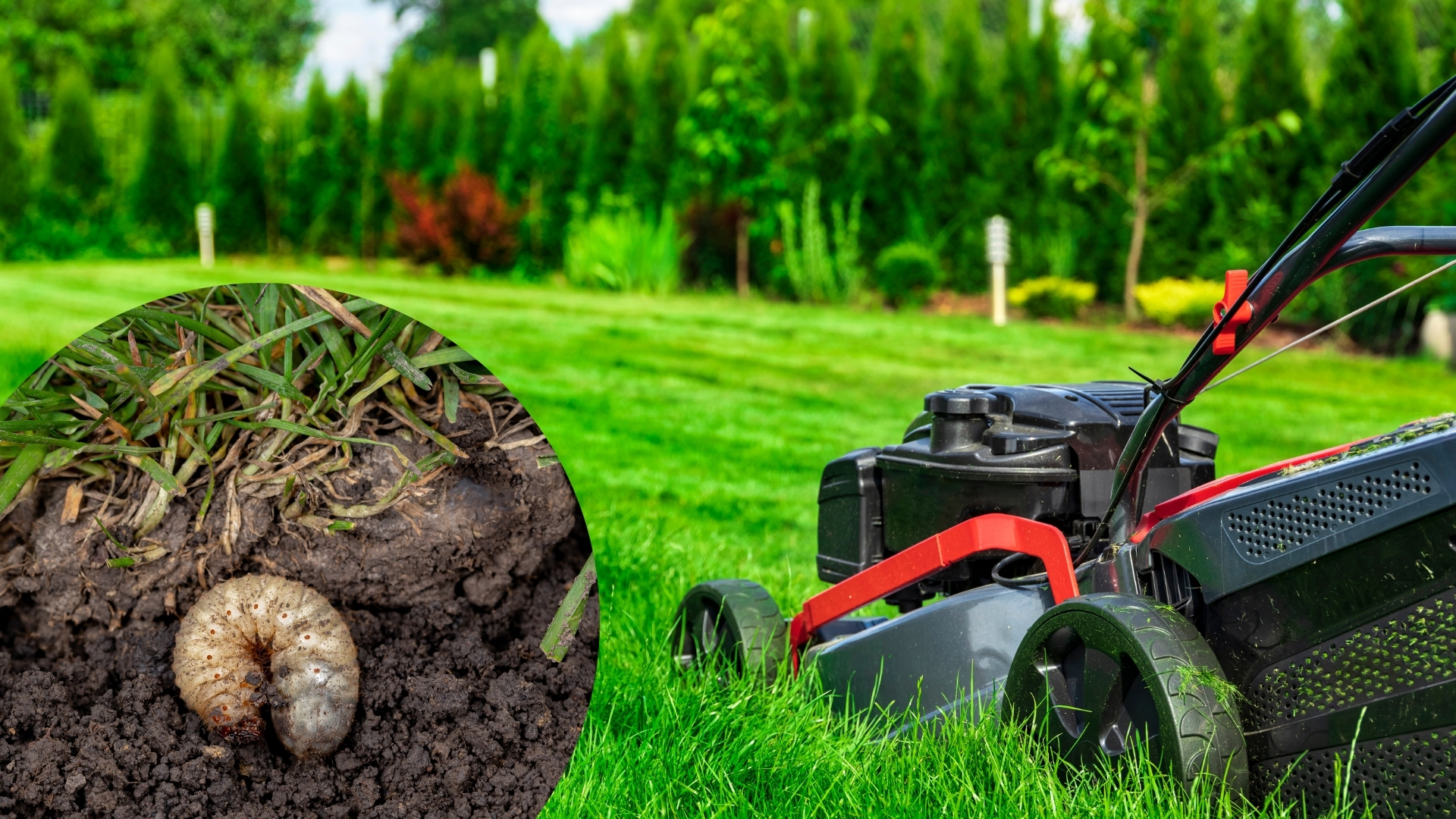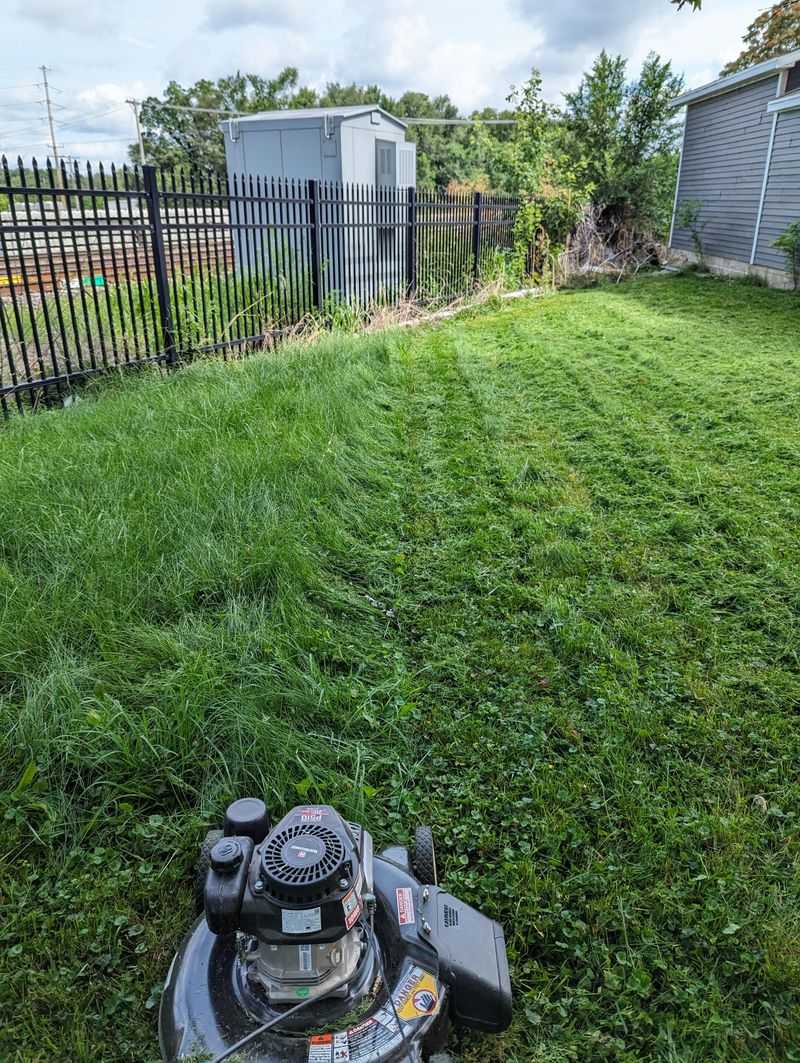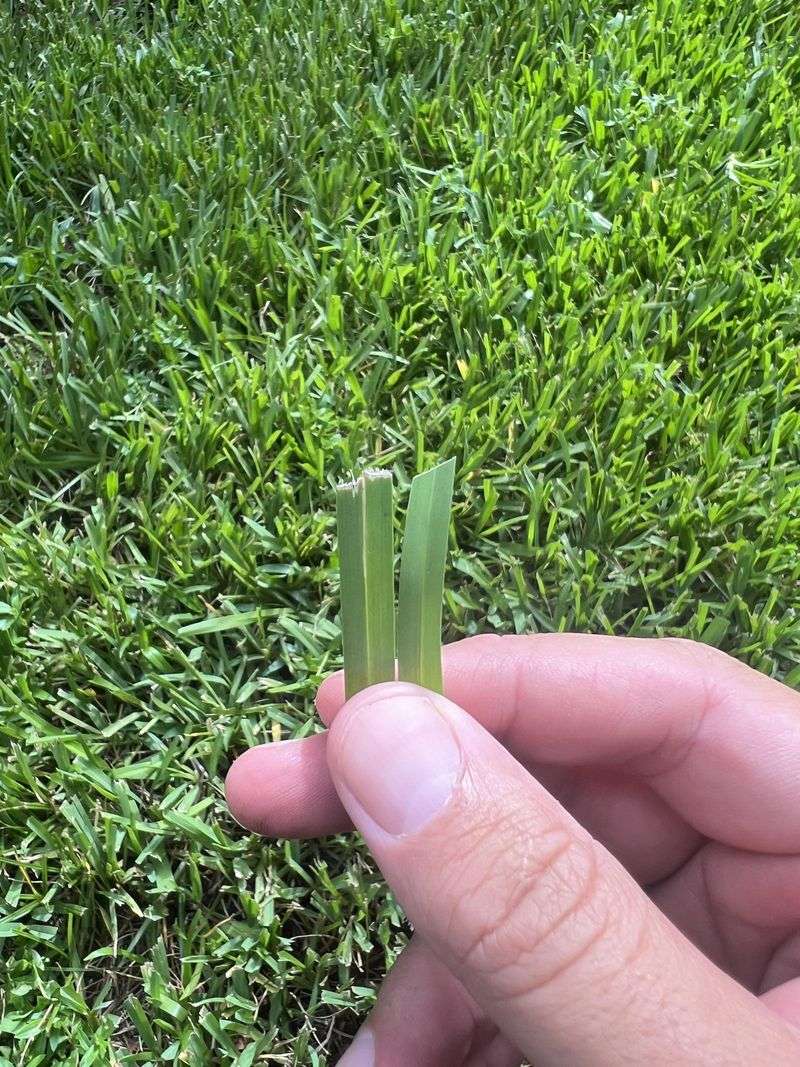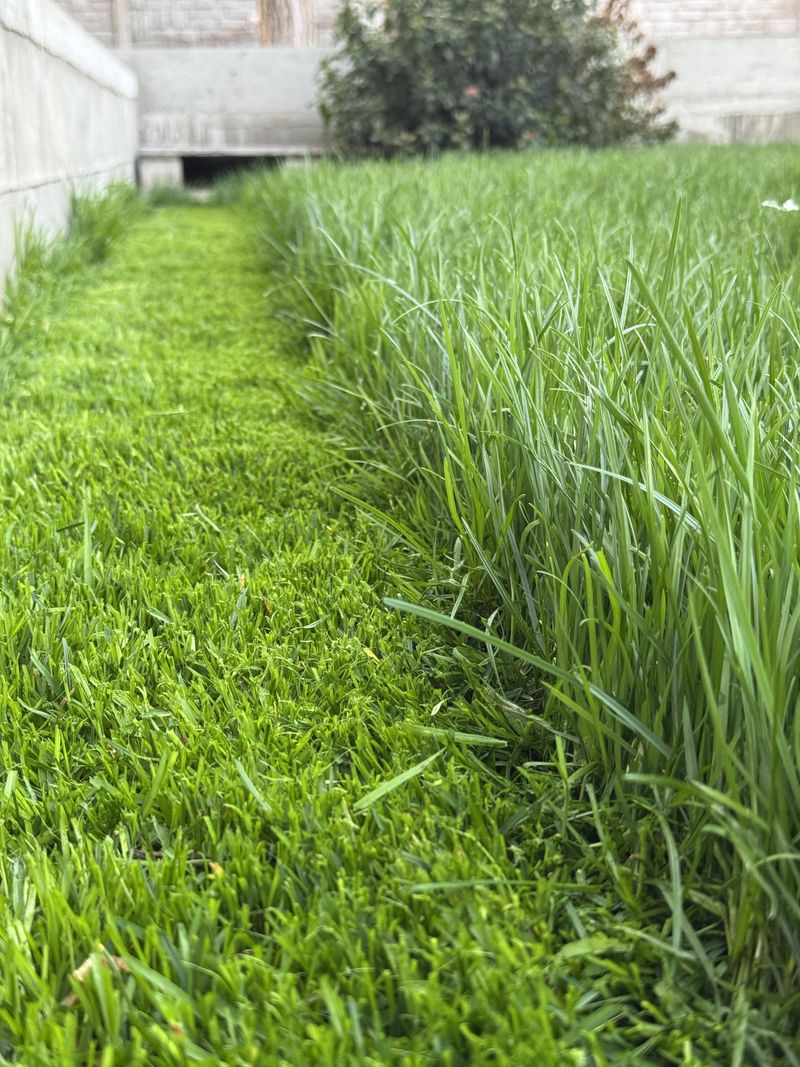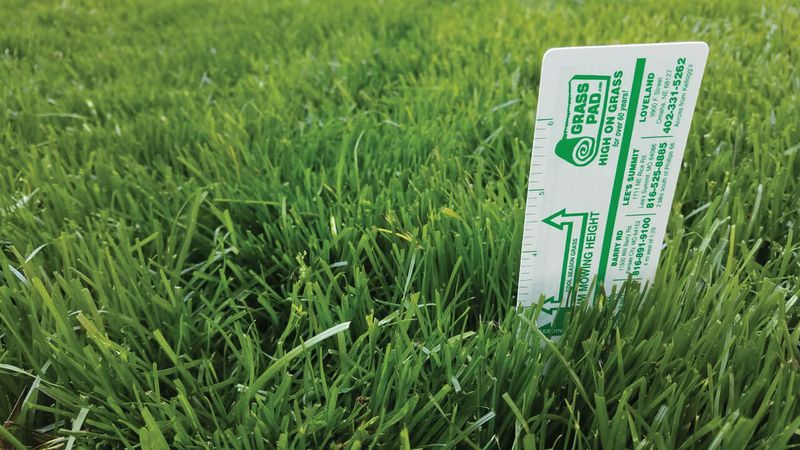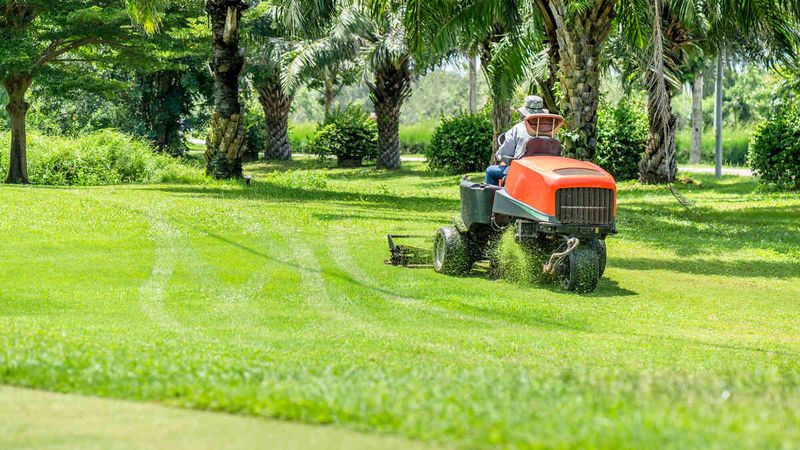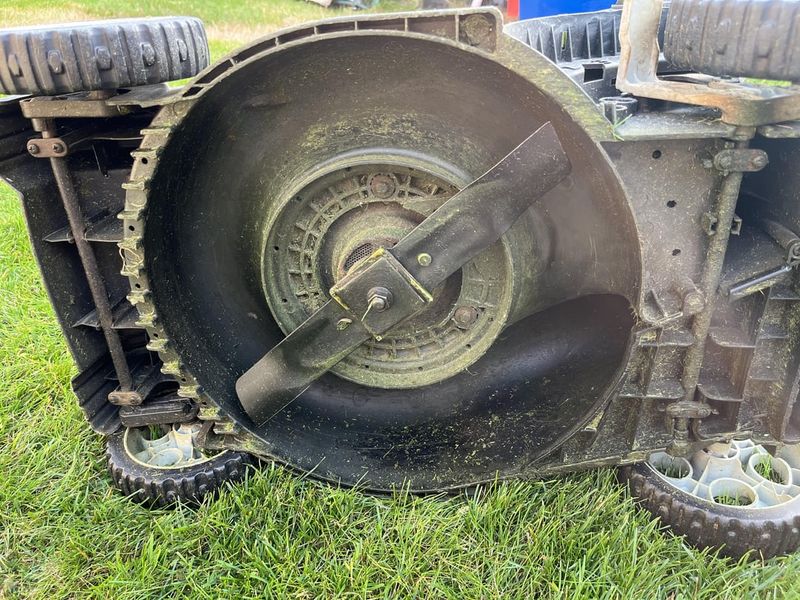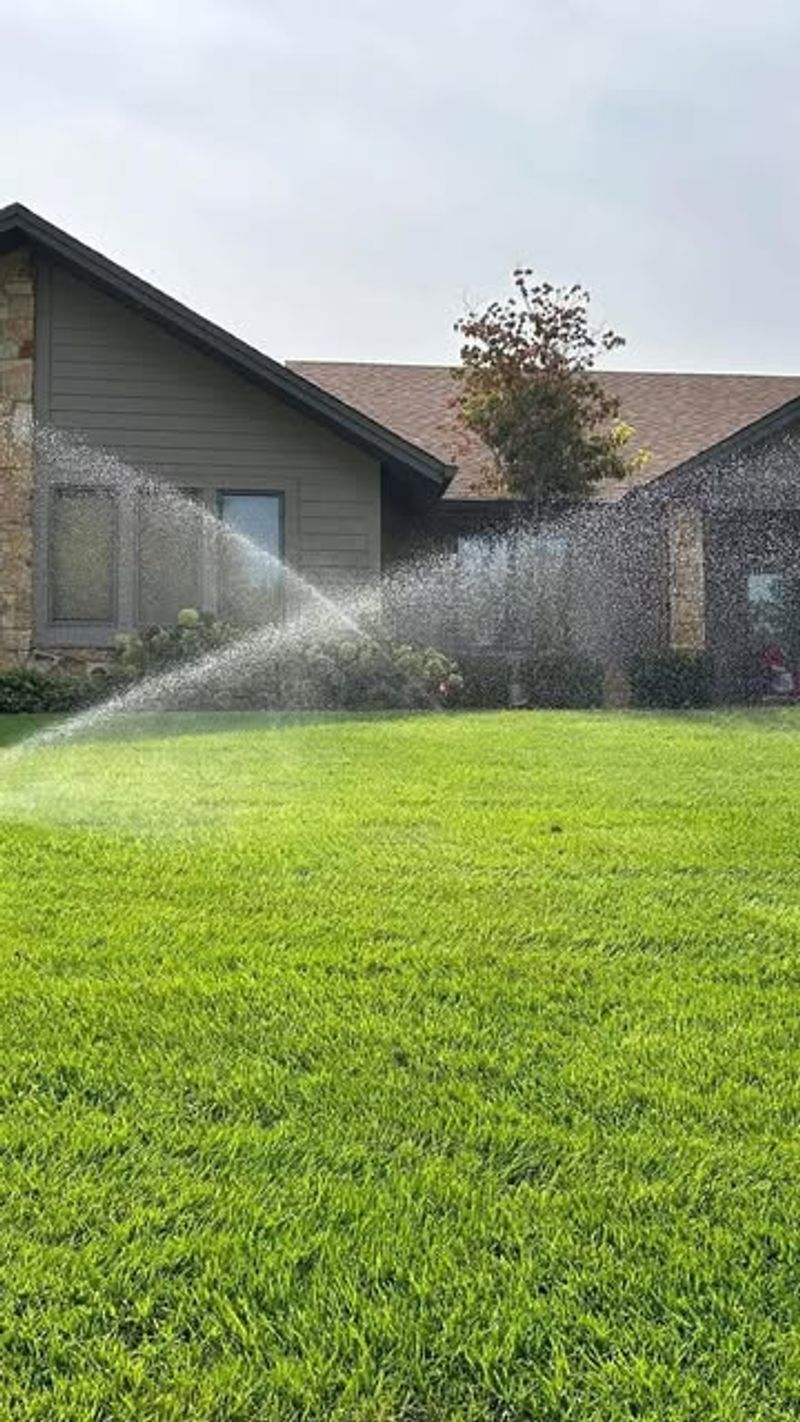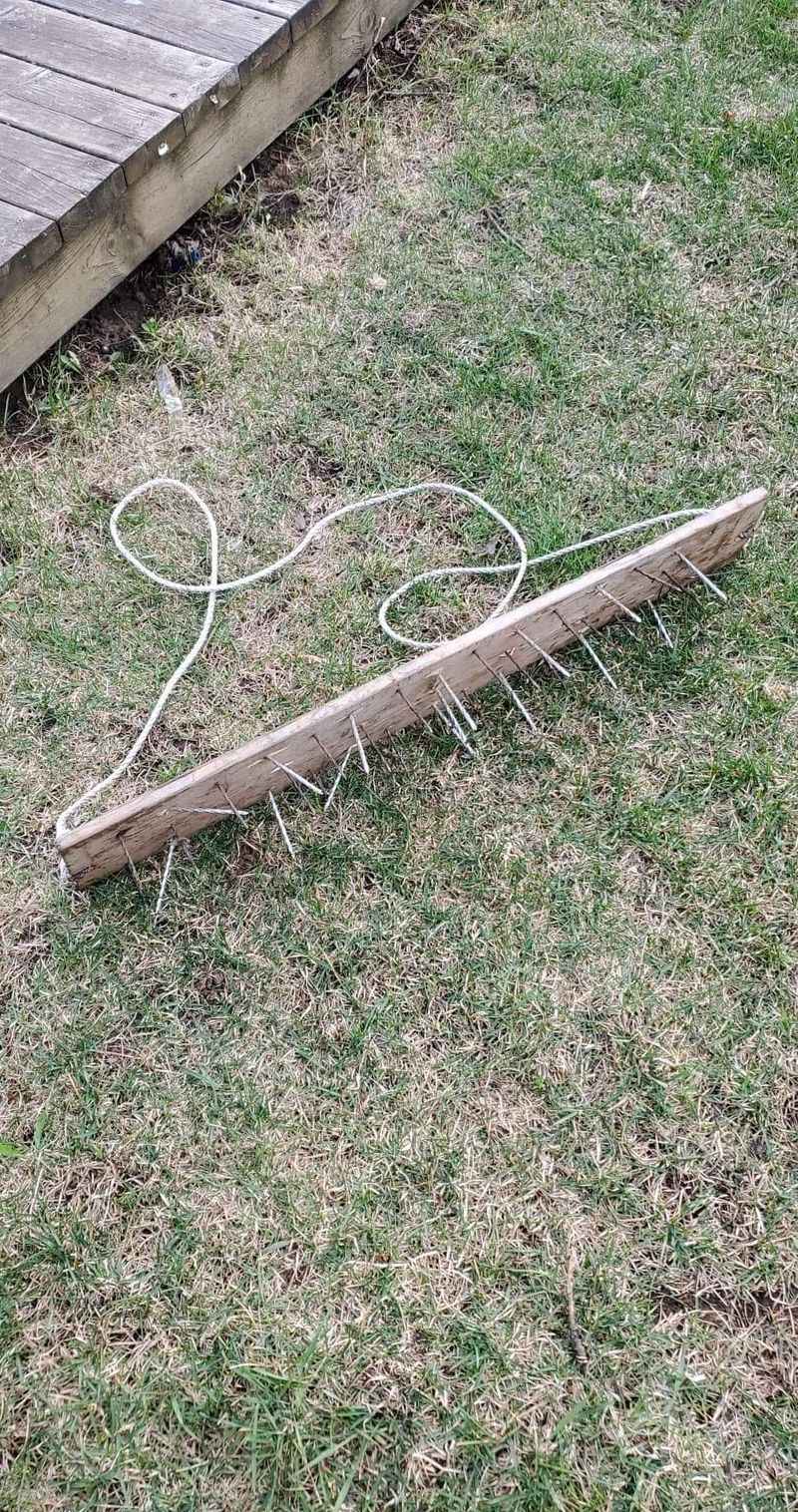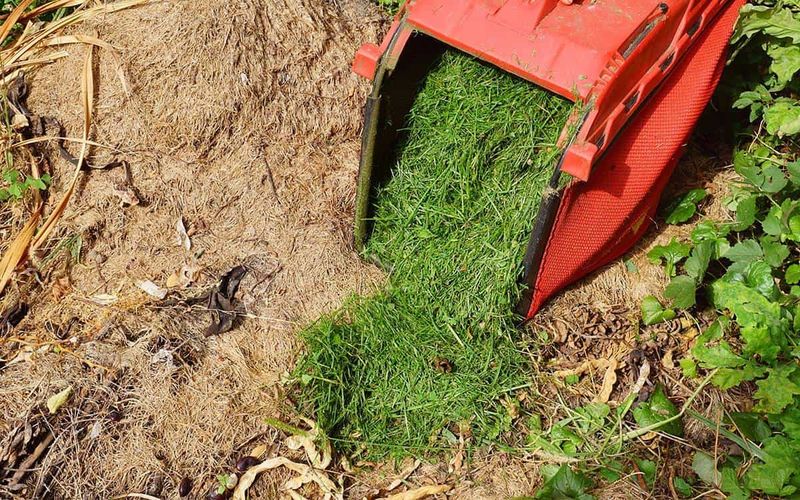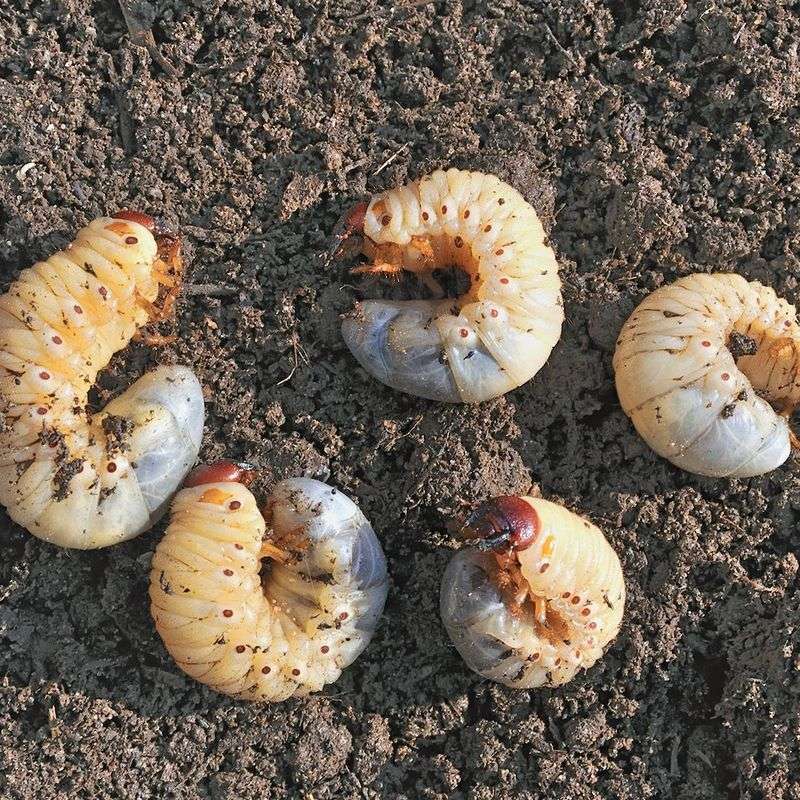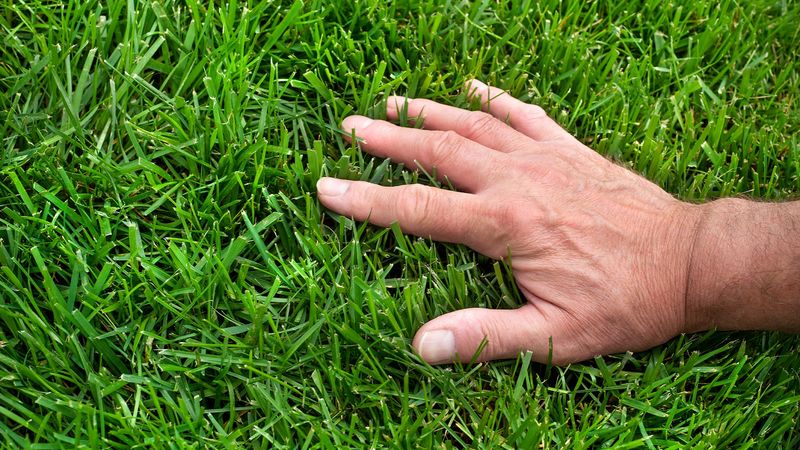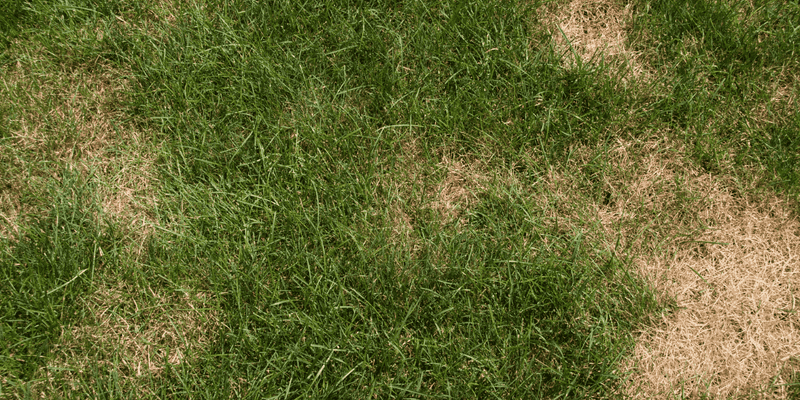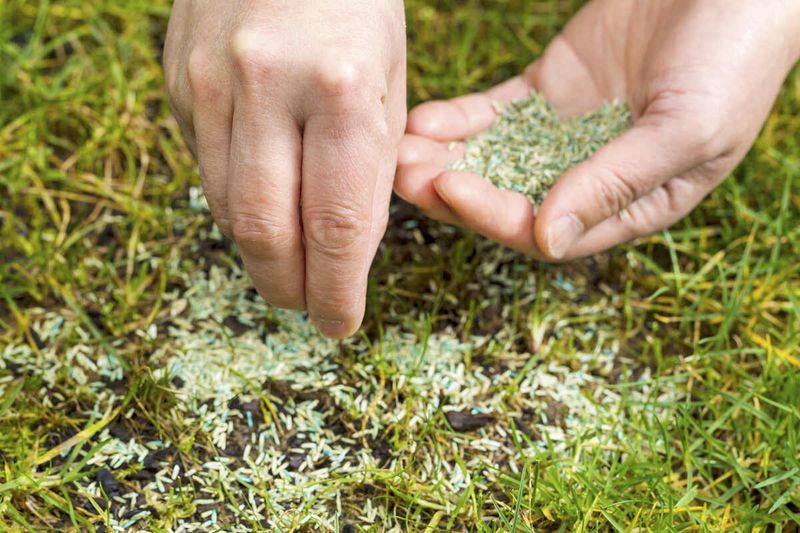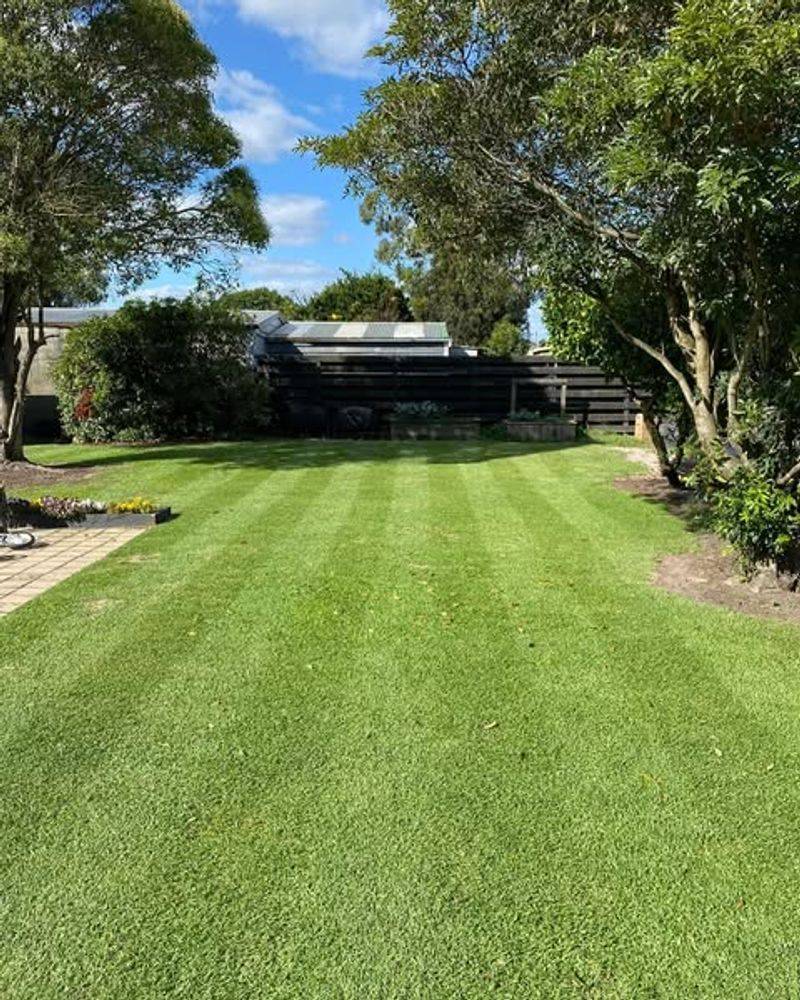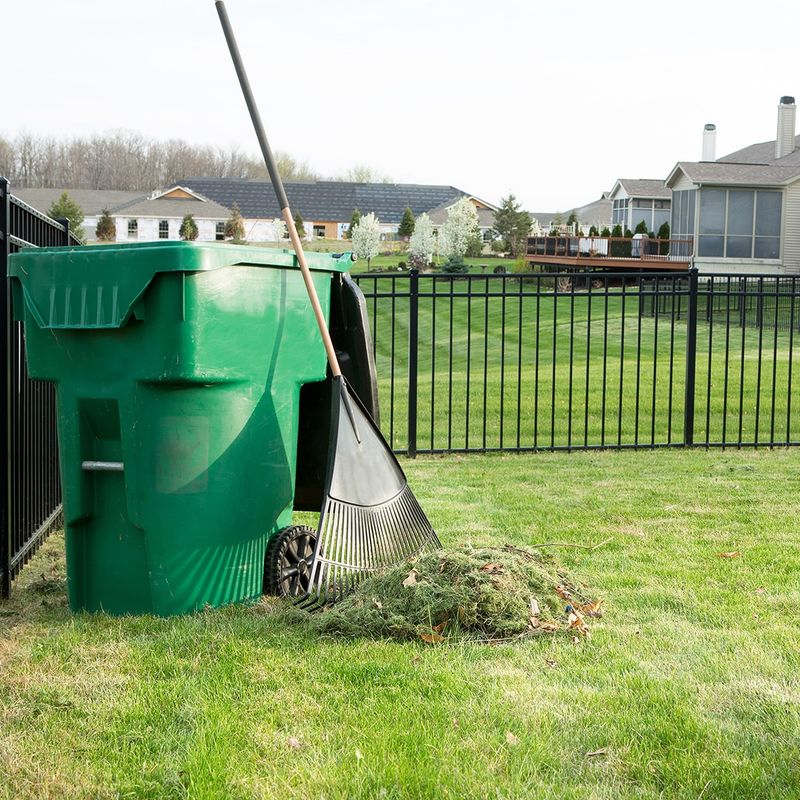Keeping your lawn lush and grub-free might seem daunting, but with the right techniques, it’s within reach. I’ve been there, frustrated by brown patches and relentless pests. Yet, over time, I’ve gathered these 20 tips that have transformed my yard into a green haven. Whether you’re a seasoned gardener or a weekend warrior, these strategies can help you maintain a vibrant, healthy lawn. From mowing techniques to seasonal care, each tip is designed to give you the upper hand against pesky grubs. Dive in and discover how you can make your lawn the envy of the neighborhood.
1. Mow at the Right Height
Mowing your lawn at the right height is crucial for maintaining healthy grass and preventing grubs from taking over. Different grass types have optimal mowing heights, so knowing your lawn’s needs will help it thrive.
By keeping your grass a little taller, you’ll encourage deeper root growth, making your lawn more resilient to pests like grubs. Plus, taller grass shades the soil, keeping it cooler and making it harder for grubs to survive.
2. Avoid Mowing When Grass Is Wet
Mowing when the grass is wet leads to uneven cuts and clumping, which can harm the grass and make it more susceptible to pests. Wet grass also makes it harder to achieve a clean cut, leaving the lawn looking uneven.
Additionally, wet grass creates a perfect environment for fungus and other lawn diseases, which can attract grubs and other pests. For the best results, wait until the grass is dry to mow, ensuring a healthier, grub-resistant lawn.
3. Keep Your Mower Blades Sharp
A sharp mower blade makes a world of difference in maintaining a healthy lawn and preventing grubs. Dull blades tear the grass rather than cutting it cleanly, leaving behind jagged edges that are more susceptible to disease and pest infestation.
By sharpening your blades regularly, you’ll ensure that each blade of grass is cut cleanly, reducing the stress on the grass and making it less inviting for grubs. It’s a small task that yields big benefits for the health of your lawn.
4. Mow Frequently but Don’t Cut Too Much
Regular mowing is key to a lush, healthy lawn, but cutting too much at once can stress the grass, making it weaker and more vulnerable to pests. Stick to the “one-third rule,” only cutting about one-third of the grass height during each mowing.
Frequent, smaller cuts encourage thick, dense grass that shades the soil and reduces the chances of grubs finding a suitable home. So, keep that mower moving every week or so for a lawn that can stand strong against pests.
5. Don’t Remove More Than One-Third of Grass Height
When mowing, always leave about two-thirds of the grass height behind. Cutting more than this can weaken the grass and make it more susceptible to pests like grubs.
This practice also helps maintain a greener, thicker lawn, as it encourages the grass to grow stronger roots. A healthier lawn is naturally more resistant to grub infestations and other pests that thrive in stressed-out grass.
6. Change Up the Mowing Direction
Mowing in the same direction every time can lead to compacted soil and uneven growth. By switching up your mowing direction regularly, you prevent ruts and encourage your grass to grow evenly in all directions.
Changing the pattern also helps avoid the formation of thatch, which can be a breeding ground for pests like grubs. A varied mowing pattern not only enhances the look of your lawn but also helps it stay healthy and more resistant to pests.
7. Don’t Bag Grass Clippings (Use Mulching)
Instead of bagging your grass clippings, try mulching them back into the lawn. This adds valuable nutrients to the soil, reducing the need for synthetic fertilizers.
Leaving clippings behind also helps the soil retain moisture, making it less hospitable for grubs that prefer dry, exposed soil. Mulching is an easy, eco-friendly way to feed your lawn while keeping it protected from pests.
8. Keep Mower Blades Clean
A clean mower blade is essential for making smooth cuts and keeping your lawn healthy. Grass clippings, dirt, and debris can build up on the blade, affecting its performance and causing it to tear at the grass.
Regularly cleaning the blade helps maintain its sharpness and ensures a clean, even cut every time you mow. This not only improves the look of your lawn but also prevents pest-friendly environments, reducing the chances of a grub infestation.
9. Adjust Mower Height During Different Seasons
In the summer, set your mower to a higher setting to help protect your grass from the heat. Taller grass retains moisture better and provides shade, reducing stress and making your lawn less inviting to pests like grubs.
In the cooler months, you can lower the mowing height slightly to help the grass grow stronger and thicker. Adjusting your mower height according to the season helps your lawn maintain its health and stay resilient against pests.
10. Water Your Lawn Deeply but Infrequently
Grubs thrive in shallow, wet soil, so watering deeply but infrequently will keep the soil too dry for them to settle in. Watering deeply encourages deep root growth, making your grass more resilient to both pests and heat.
Frequent, shallow watering encourages weak roots and provides a perfect environment for grubs to thrive. A deep watering schedule not only supports your grass but also makes it less likely that grubs will make their home in your yard.
11. Fertilize Properly to Promote Healthy Grass
Fertilizing your lawn with the right balance of nutrients promotes healthy grass that is less prone to grub infestations. Opt for organic or slow-release fertilizers that provide consistent nourishment without overwhelming the soil.
Healthy grass grows thick and strong, creating a natural barrier against pests like grubs. The more robust your lawn, the less likely grubs will be able to take hold and cause damage.
12. Aerate Your Lawn Annually
Lawn aeration is essential for relieving compacted soil and allowing air, water, and nutrients to reach the grass roots. Aerating annually, especially in high-traffic areas, helps create a more robust, healthier lawn.
A well-aerated lawn can withstand pest invasions, including grubs, much better than a compacted lawn. The added airflow makes it harder for grubs to thrive in the soil, keeping your lawn healthier and pest-free.
13. Mulch Grass Clippings to Encourage Healthy Soil
Mulching grass clippings directly onto your lawn is one of the best ways to promote healthy soil. The clippings break down naturally, enriching the soil with nutrients that encourage strong, healthy grass.
This not only feeds the grass but also prevents the soil from drying out, making it less inviting for grubs. It’s a simple, eco-friendly step to improve your lawn’s health and discourage grub infestations.
14. Avoid Overwatering to Prevent Grub Habitat
Overwatering creates moist, poorly-drained soil where grubs thrive. If your lawn is frequently soggy, it’s an open invitation for grubs to settle in and feast on your roots.
To prevent this, set up a proper irrigation schedule that waters deeply but not too often. A dry, well-drained lawn is much less likely to attract grubs and other pests.
15. Use Organic Lawn Care Products
Opting for organic lawn care products is a natural way to keep your lawn healthy and pest-free. These products are safer for the environment, beneficial insects, and your roses, while still discouraging pests like grubs.
Organic treatments often encourage soil health and prevent the need for harsh chemicals that may disrupt the ecosystem. By promoting a balanced environment, you’ll keep your lawn vibrant and resilient against grubs.
16. Add Beneficial Nematodes to Your Lawn
Beneficial nematodes are microscopic organisms that hunt down and destroy grub larvae, preventing them from damaging your lawn. These natural predators are safe for plants and pets, making them an excellent option for eco-friendly grub control.
To apply, simply mix nematodes with water and spray them onto your lawn. They work best when the soil is moist, and they help keep your grass safe from grub infestations year after year.
17. Overseed Lawn in Early Fall for Stronger Grass
Overseeding your lawn in the early fall helps establish strong, healthy grass that can better withstand pest invasions, including grubs. The cool weather and consistent rainfall make fall the perfect time to add new grass seeds.
A dense lawn is much less likely to succumb to grub damage, as the grass forms a barrier to prevent pests from taking root. Fall overseeding gives your lawn a strong head start for the coming growing season.
18. Apply Grub Control Products in Early Spring or Late Summer
Applying grub control products in early spring or late summer, when the larvae are most active, is essential for preventing infestations. These treatments target the grubs in their early stages, stopping them before they can do serious damage.
Timing is everything, so plan your treatments for when the soil temperature is optimal for grub activity. By targeting the problem early, you reduce the chances of grubs becoming a threat later in the season.
19. Maintain Lawn Soil pH Balance
Maintaining the proper soil pH is vital for a healthy lawn. Grubs thrive in acidic soil, so regularly testing and adjusting your soil’s pH can help keep them at bay.
Adding lime to raise the pH or sulfur to lower it can create a less inviting environment for grubs. Balanced soil also promotes healthy grass growth, which naturally deters pest invasions.
20. Keep Lawn Free of Debris and Clutter
Lawn clutter, like fallen leaves and branches, provides ideal hiding spots for grubs and other pests. By regularly clearing your lawn of debris, you reduce places where grubs can thrive and lay eggs.
A clean, tidy lawn also promotes healthier grass and better airflow, which makes it harder for pests like grubs to invade. Regular maintenance is key to keeping your yard pest-free and beautiful.

